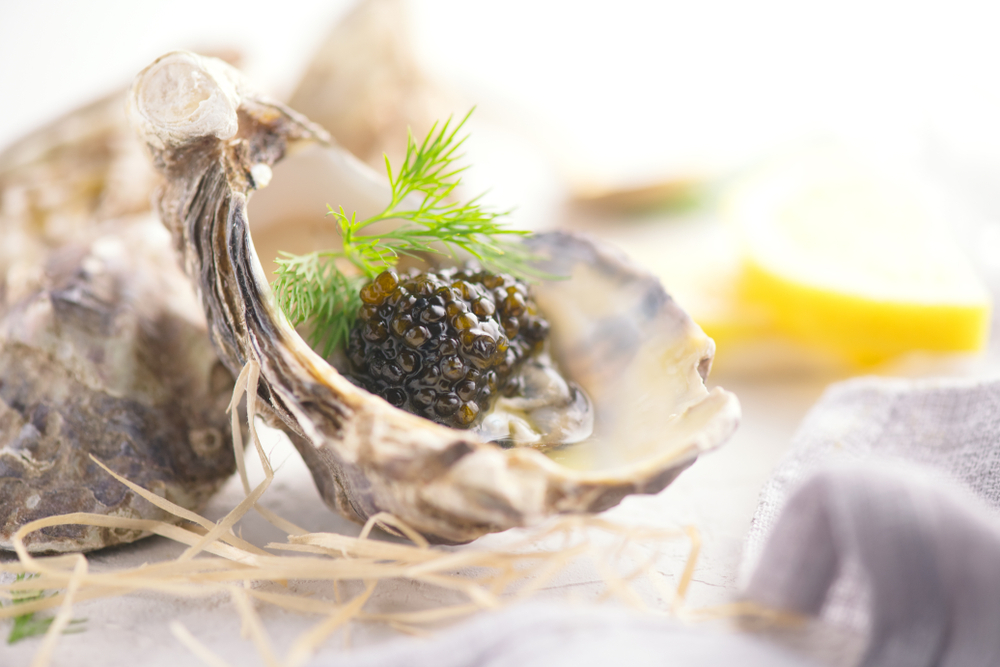Caviar and Omega-3

The omega-3 fatty acid docosahexaenoic acid (DHA) contributes to the maintenance of normal brain function and normal vision. To obtain such a beneficial effect, a daily intake of 250 mg of DHA is necessary. DHA and the omega-3 fatty acid eicosapentaenoic acid (EPA) contribute to the maintenance of normal blood pressure. A daily intake of 3 g DHA and EPA (combined) is necessary to ensure this effect.
Defects have been put in relation with numerous health problems, such as cardiovascular diseases, several types of cancer, mood disorders, arthritis and more.
It is recommended to eat fatty fish such as salmon, mackerel, sardines and caviar at least twice a week, since they’re rich sources of omega-3 fatty acids. Some plants are high in another omega-3 fatty acid, the so-called alpha-linolenic acid, which our bodies can transform into DHA and EPA. Rich sources of this acid are linseed, Chia seed, walnuts, pumpkin seeds and rapeseed oil.
Omega-3 sources (EPA and DHA) in comparison:
| Food | Per 100 grams |
| Caviar | 6.54 g |
| Raw salmon | 1.60 g |
| Canned sardines | 0.98 g |
Caviar doesn’t just have high levels of omega-3, but also of vitamins A (271 μg per 100g) and D (2.9 μg per 100g). It also contains vitamin E (1.89 mg per 100g).
 Free delivery in Zurich from 40 CHF
Free delivery in Zurich from 40 CHF